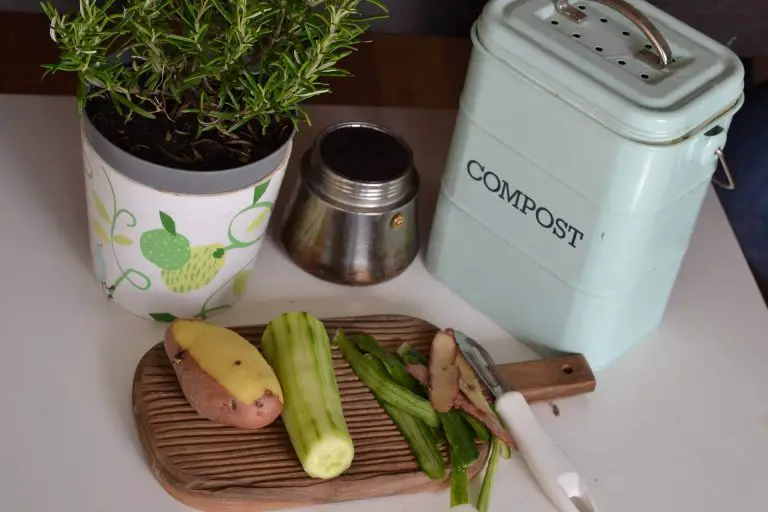Permaculture Flower Garden – Your Ultimate Organic Guide For 2022
A permaculture flower garden is a low maintenance garden that encourages a variety of wildlife to your backyard.
However, if you’re new to gardening, you might be curious to know how to create a permaculture flower garden.
In this article, I will provide you with a guide to permaculture gardening, including suggestions of flowers to include in your permaculture flower garden as well as some tips for getting started.
Let’s get into it.
DISCLAIMER
Some of the links on here are affiliate links and I may earn if you click on them, AT NO EXTRA cost to you. Hope you find the information here useful! Thanks.
Related Articles:
- The Essential Guide to Permaculture Animals
- How to Start Your Own Permaculture Vegetable Garden
- 9 Best Permaculture Plants In 2022!
- Permaculture Gardening for Beginners – How to Get Started
- Does A Compost Bin Smell? And How To Get Rid Of It
- Is Horse Manure Good Fertilizer For Grass?
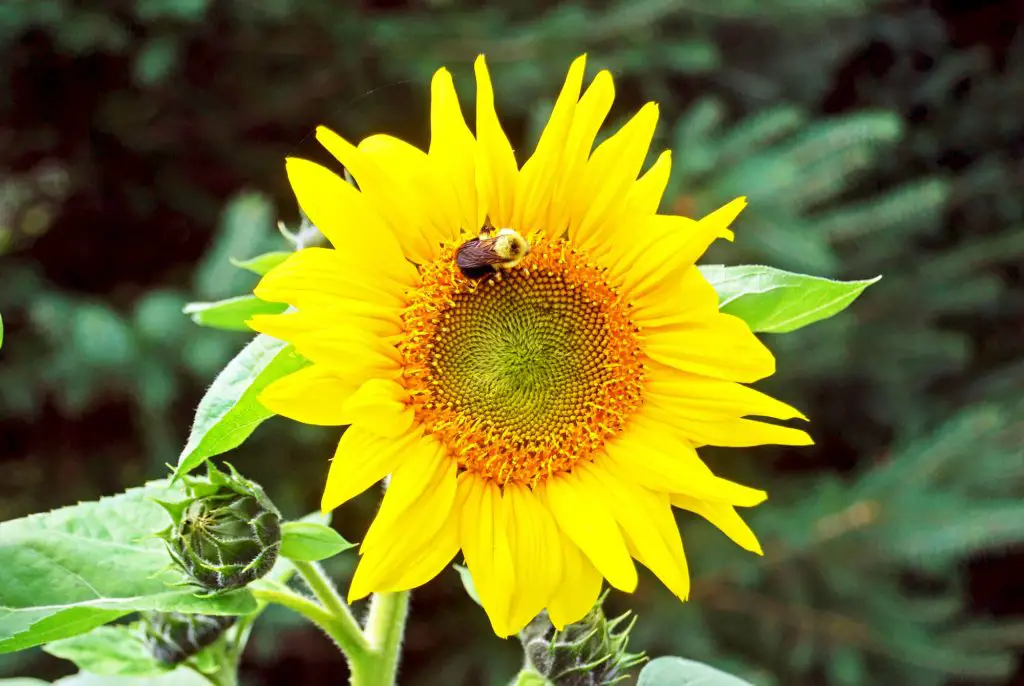
What Is Permaculture Gardening?
In short, permaculture refers to a low maintenance garden that can essentially take care of itself.
Permaculture gardening is based on the idea that you design your garden to mimic nature so that you are able to garden organically.
At its heart, permaculture gardening is about recycling, reusing, and regenerating, which is what nature does all on its own.
Creating a permaculture garden is a way of mimicking this, allowing you to grow more in the space that you have whilst wasting less!
Benefits of Permaculture Gardening
Increased Diversity
Permaculture gardens contain a variety of different plants that thrive in the natural environment.
These plants and flowers attract a variety of different pollinators, such as bees and butterflies, as well as wasps to your garden, increasing the diversity in your garden.
You might want to consider placing an instant beehive kit to increase the diversity and population of pollinators in your backyard, and not to mention the feeling of harvesting your very own delicious sweet honey!!

Low Maintenance
One of the biggest benefits of permaculture gardening is how low maintenance it is! The idea is to pick plants that more or less take care of themselves, whilst also helping the natural environment around them.
Less Waste
Permaculture gardens are designed to recycle as much as possible, which in turn means that there is significantly less waste!
Choosing plants that produce more leaves and foliage, means that you are able to chop them up to provide mulch and nutrients to your garden.
What Flowers to Grow in a Permaculture Flower Garden
There are a variety of different flowers that you can grow in your permaculture flower garden. However, which flowers you choose will largely depend on the conditions where you live.
That being said, you will need to make sure that you consider the fact that permaculture encourages using native plants.
Sprinkle Non-GMO, Organic wildflower seed mix for a variety of different wildflowers around your garden to attract bees and beneficial insects! Native bees will love them, and soon will you have happy honey bees buzzing around the local environment!

The flowers that thrive in mild temperate climates in regions such as Europe and North America, for instance, are going to be different from the flowers that will thrive in tropical climates.
As I can’t easily make suggestions for every permaculture garden in every single country, the following suggestions are for permaculture gardens in America. These flowers include but are not limited to:
Daffodils in a Permaculture Flower Garden
Daffodils are cheerful flowers with yellow/orange blooms that signify that spring has sprung! They are great for attracting bees to your backyard and brightening any permaculture flower garden. Daffodils are also perennial flowers so will reliably come back year after year.

Marigolds
Orange marigolds are often used as companion plants in the garden and are great for deterring pests in your backyard.
Violets in a Permaculture Flower Garden
Violets not only make a wonderful addition to your permaculture flower garden, but they’re actually also edible!
Comfrey
Comfrey produces gorgeous purple flowers that are a beautiful addition to attracting bees to your permaculture flower garden.
Not only do the blooms look stunning, but comfrey produces an abundance of leaves that can be chopped down and added to the compost heap or used as mulch.
Edible Leaves
It’s best to choose plants that have edible leaves, which can fill in empty spaces, be planted amongst your favorite flowers and provide food for you in the early spring.
You can plant edible leaves in garden beds, or they can even become house plants
- Spinach.
- Lettuce.
- Microgreens.
- Chard.
- Kale.
- Arugula.
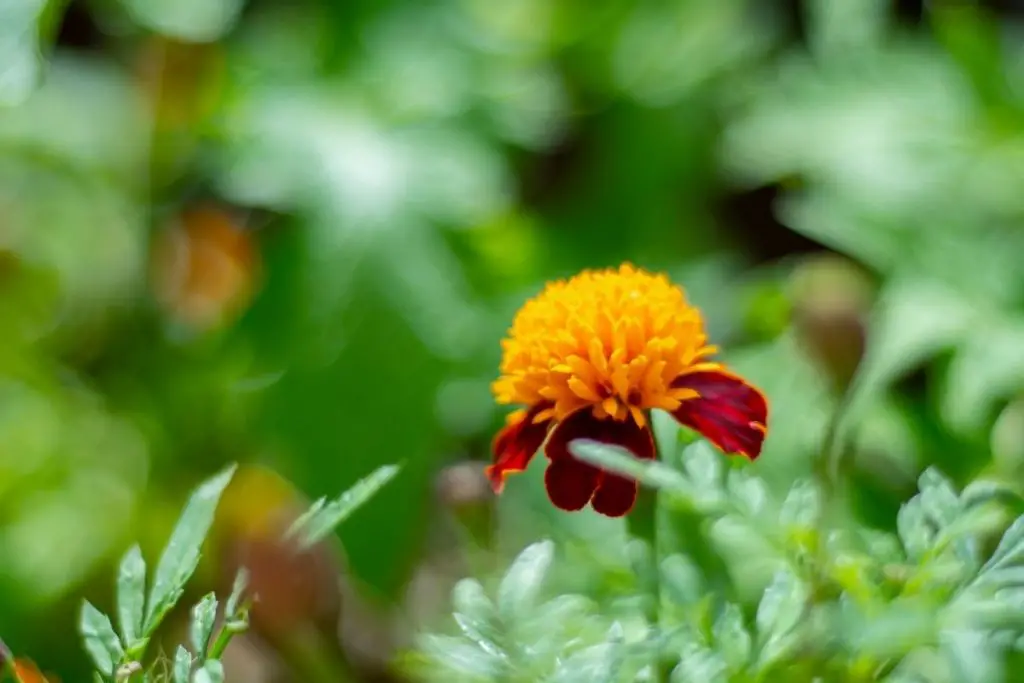
Tips For Creating A Permaculture Flower Garden
Getting started with your permaculture flower garden can feel overwhelming, especially when you’ve only just begun gardening. Here are a few helpful tips to bear in mind when creating your own permaculture flower garden:
Pick The Right Time Of Year
This might sound like a simple tip, but it’s essential that you pick the right time of year to start your permaculture flower garden. Timing is everything to make your permaculture garden a success!
Typically speaking, for the most successful permaculture flower garden, the beginning of the growing season is the best time to start.
That being said, the types of flowers that you are opting for will also help you to decide when is the best time to begin planting, as they might not all bloom at exactly the same time if you want a variety of different flowers.
Bearing this in mind, you should carefully consider the bloom times of each flower. Not each flower has to bloom at exactly the same time, but your permaculture flower garden will look the best when there are flowers blooming during the whole growing season.
Place your plants and wildflowers in raised beds for a more controlled environment and easy plant maintenance.

Opt For Plants That Will Naturally Thrive In Local Soil
When choosing the flowers for your permaculture flower garden, you should make sure that you opt for ones that will naturally thrive in the local soil.
This is important as the easier you make it for them to flourish naturally, the more nature can take its course without the need for your intervention.
Plant For The Correct Environment in a Permaculture Flower Garden
There’s no point in selecting flowers that you know aren’t going to survive without your help, so make sure that you are planting flowers for the correct environment.
If you live in a particularly hot area, for example, you could try looking for Mediterranean gardens for inspiration when it comes to choosing the flowers for your permaculture garden.
Only Plant What You Can Manage
It’s all well and good wanting a giant permaculture garden, but you should only plant what you can manage.
For instance, many plants need deadheading to encourage growth, and fruit and vegetables will need harvesting.

Make sure that you start small to ensure that your permaculture garden is a success and so that you haven’t bitten off more than you can chew in the first instance.
Plant Flowers That Are Low Maintenance
A permaculture garden is supposed to be low maintenance by nature, so it sort of defeats the purpose when you choose pernickety flowers that require very specific growing conditions.
If you live in an area that you know gets ample or limited rainfall, for instance, make sure that you choose your flowers in accordance with this.
Consider The Parts Of Your Garden That Receive Shade And Sun
When it comes to deciding where to plant each of the flowers in your permaculture garden, make sure that you consider which parts of your garden get the most shade and which parts get the most sun.
Once you have established this, make sure that you are planting the flowers in the most appropriate locations in conjunction with this information.
Plant Beneficial Plants For Insects in a Permaculture Flower Garden
You will want to plant a variety of different plants that are beneficial for insects. If you’re a beginner at gardening, you might not know which plants attract good insects to eat the bad bugs.
There is so much more to creating a permaculture garden than simply choosing flowers that look nice next to each other. You need to think about the practicality of your choices,
as pests are common and something that you can’t control very easily if you don’t bear them in mind when you are designing your perfect permaculture garden.
Unfortunately, when there are enough bad bugs in your garden, they can destroy your permaculture garden if there aren’t enough beneficial insects to help combat the issue.
Placing additional live beneficial insects such as ladybugs can serve as natural biological pest control helping to combat aphid pest infestation on various fruiting plants!

As a result, you should carefully consider the flowers you are choosing to plant and research what kind of bugs they attract.
This will help to keep your flower beds in balance and will keep your permaculture garden looking beautiful throughout the entire growing season.
It’s also important to note that your garden needs some bad bugs. This comes down to the fact that if the beneficial insects don’t have enough to eat, then they likely won’t stick around either.
In Summary
So, there you have it! Hopefully, after reading this article you now have a better understanding of permaculture in general as well as permaculture flower gardens.
A permaculture garden isn’t something that you have to create all at once! You can begin small and keep adding to it as the years go on to establish a beautiful permaculture garden.
FAQs For Permaculture Flower Gardens
What flowers go well with vegetables?
The types of flowers that go well with vegetables are:
- Catnip (Nepeta)
- Beebalm (Monarda citriodora)
- Lavender
- Marigolds
- Nasturtiums
What flowers should not be planted near vegetables?
- Flowers that should not be planted near vegetables are :
- Toxic flower bulbs such as tulips and daffodils as they contain contain harmful alkaloids
- Poisonus flowers such as fox glover and oleander
- Gladiolus flowers as they hinder the development of these plants as they grow.
Can you grow vegetables and flowers in the same container?
YES, you can grow vegetables and flowers in the same container ! They can both exist within one container in harmony and can support the growth and development of each other.
What vegetables should not be planted with marigolds?
The types of vegetables that should not be planets with marigolds are beans and cabbage because they react adversely to them. However, marigolds make good companion plants for melons, asparagus, sweet corn, chillies and peppers, potatoes, tomatoes, basil, cucumbers, aubergines, and squash.
Can I plant zinnias in my vegetable garden?
Yes, you can plant zinnias in your vegetable garden as they are great companion plants to both vegetables and flowers. Zinnias are They are easy to grow, and sprout many colourful flowers. Also, Zinnias don’t require much maintenance once established. Tomato, basil, cucmbers and peppers grow well with zinnias.
Can I plant basil with flowers?
You can plant basil with flowers such as chamomile as it increases the essential oil content in neighboring plants and also enhances the flavor of basil. Marigolds are also good to be planted with basil as both are natural insect-repellants. So, if you plant them nearby one another it will increase the aromatic shield and will deter pests.
What are edible flowers to plant?
Edible flowers to plant in your permaculture garden are Moringa flowers (drumstick), Roselle (gongura) and Basil flowers, Hibiscus, and Rose (heirloom variety such as Edward), .

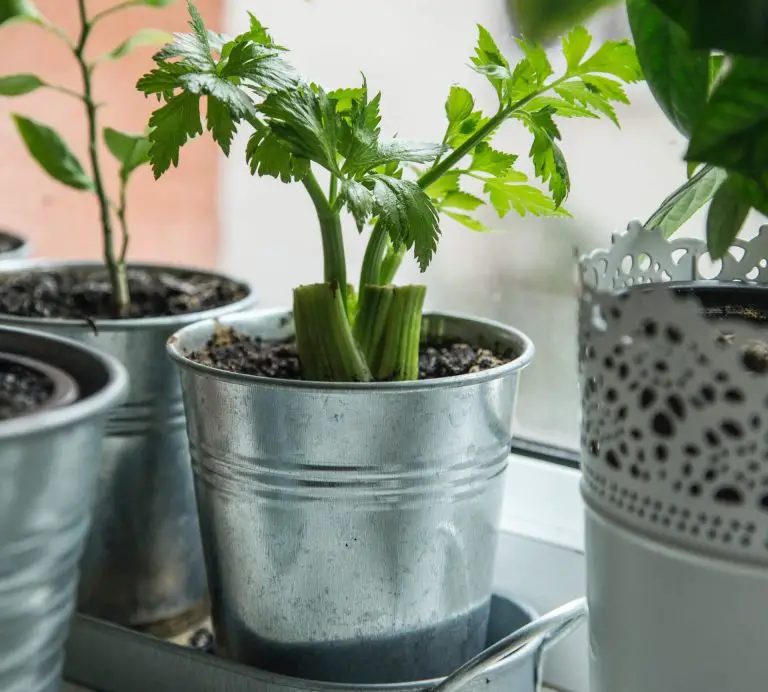
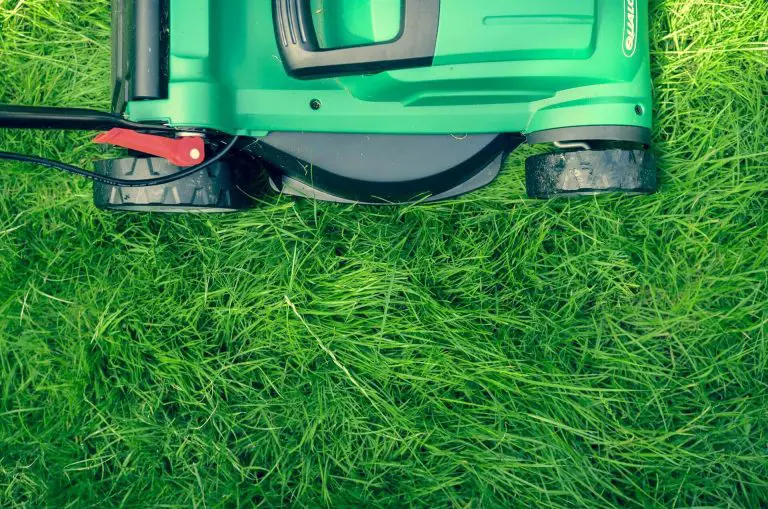
![Companion Planting For Chamomile: 9 Plants [2023]](https://aboveandbeyondgardening.com/wp-content/uploads/2022/11/companion-planting-chamomile-768x512.jpg)
![When To Pick Carrots [+ Harvesting Tips!]](https://aboveandbeyondgardening.com/wp-content/uploads/2021/10/When-To-Pick-Carrots-768x512.jpg)
![Aquaponic Tomatoes: How To Grow, Common Issues + Best Varieties [2022]](https://aboveandbeyondgardening.com/wp-content/uploads/2022/08/aquaponic-tomatoes-768x512.jpg)
